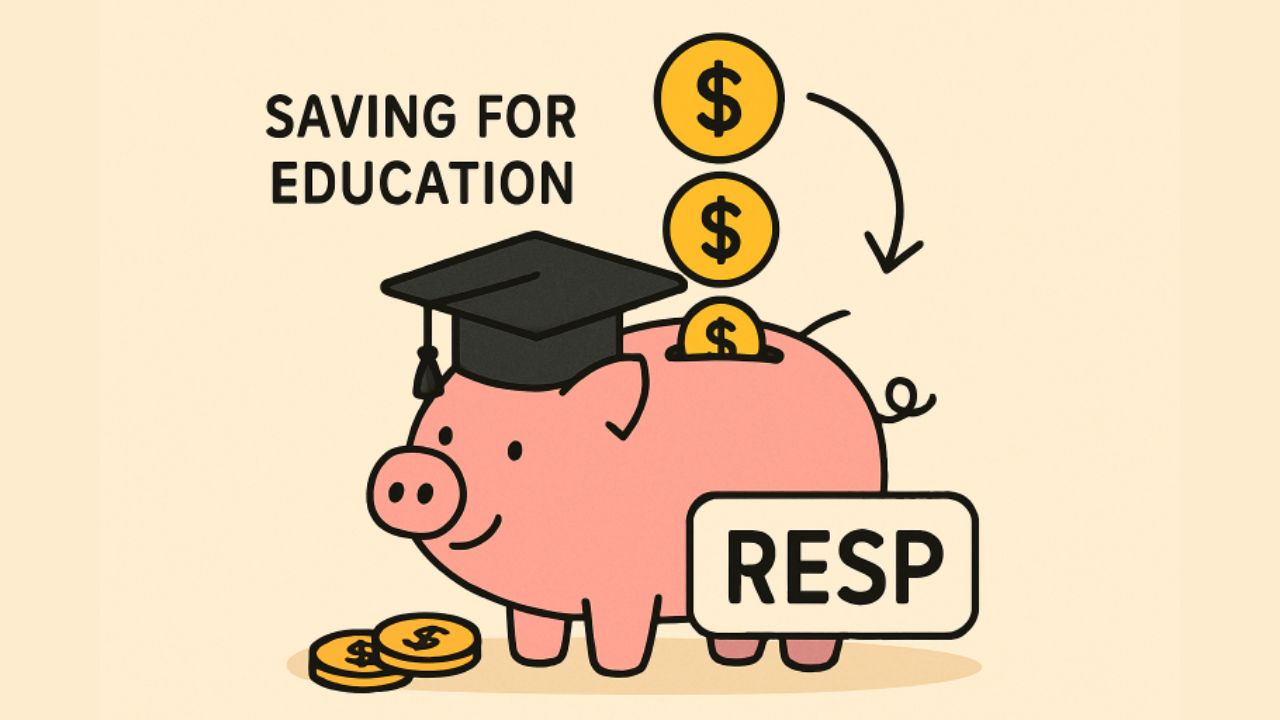- RESPs offer a tax-efficient way to save for post-secondary education, with a $50,000 lifetime limit per beneficiary.
- Consistent annual contributions of $2,500 maximize government grants through the CESG.
- Adopt a strategic approach—catch-up, annual, or lump sum contributions—to meet your family’s financial goals.
- Investment growth is tax-free within the RESP, and the typically lower-income student can tax withdrawals.
- Additional federal and provincial grants may be available depending on eligibility and family income.
Registered Education Savings Plans (RESPs) are vital for Canadian families preparing for their children’s post-secondary education costs. With no annual cap on contributions, families have flexibility in funding, but it’s crucial to note the lifetime RESP limit of $50,000 per child. Exceeding this ceiling triggers a 1% monthly tax on the excess amount until it is withdrawn, making strategic planning essential to avoid unnecessary penalties and optimize the plan’s value. By understanding RESP benefits, including the Canada Education Savings Grant (CESG), tax-free investment growth, and withdrawals taxed in the child’s name, families can capitalize on government incentives and flexible contribution options, setting a strong foundation for their child’s academic journey.
The Canada Education Savings Grant (CESG) substantially benefits the RESP program. For every dollar you contribute, the government adds 20% on the first $2,500 per year, amounting to a possible annual grant of $500 and a maximum total of $7,200 per child over the plan’s lifetime. By contributing $2,500 each year, you maximize grant eligibility and speed up progress toward the lifetime cap. Families with modest incomes may qualify for additional assistance such as the Canada Learning Bond (CLB), which offers up to $2,000 per eligible child without requiring a personal contribution.
There are several strategies you can adopt to build your RESP while ensuring you’re capturing the fullest benefits from government grants:
- Consistent Annual Contributions: Setting aside $2,500 annually is the optimal way to receive the maximum annual government match and benefit from investment growth over time.
- Catch-Up Contributions: If you’ve missed making contributions in the past, the program allows you to catch up by contributing double, up to $5,000 in a given year—but only one missed year per calendar year can be caught up, maximizing your potential CESG to $1,000 for that year.
- Lump-Sum Contributions: If you can contribute a large sum, it’s important to remember that while you may reach the $50,000 lifetime limit quickly, government grant payments are dispersed based on annual contribution caps. Upfront lump-sum deposits will receive only a fraction of the total potential CESG.
Contributions to an RESP grow tax-free, ensuring all investment gains and government grants remain sheltered until withdrawal. When funds are drawn for qualifying educational expenses, accumulated growth and grant portions are taxed in the hands of the student, who likely has little to no taxable income during studies. This results in minimal or zero taxes paid on withdrawals, making the RESP one of the most tax-efficient savings vehicles available.
It’s beneficial for families to revisit their RESPs’ investment strategy periodically, considering each beneficiary’s time horizon and evolving educational plans to optimize both growth potential and grant capture.
Consider these examples to highlight how RESP strategies can affect long-term outcomes. If Family A contributes $2,500 annually for 17 years, and Family B contributes the $50,000 lifetime limit all at once, both assume a 4% annual return. After 17 years, Family A sees their RESP reach about $75,000, benefiting from the full CESG. In contrast, Family B amasses approximately $102,000 but captures a much smaller grant portion due to annual CESG caps, showing that maximizing government grants depends on regular annual contributions.
These scenarios demonstrate why alignment between your financial abilities and government grant strategy is key for long-term value maximization.
Besides federal grants, several provinces offer additional RESP incentives for qualifying families. Continually reviewing your RESP and staying informed about available grants or program rules changes can help you adjust contributions to optimize benefits over time. Resources from established organizations offer practical tips and up-to-date advice.
Choosing the most effective annual RESP contribution requires balancing your budget, maximizing government support, and considering tax-advantaged growth. With a firm grasp of plan limits, grant structures, and strategic alternatives, you can confidently prepare for your child’s educational future while getting the greatest return on every dollar invested.
You May Also Read: Unlocking Stock Ideas: Your Honest Guide to 5starsstocks .com

